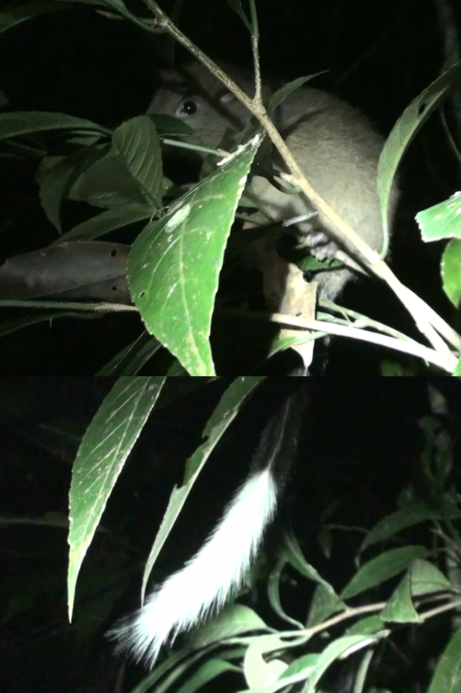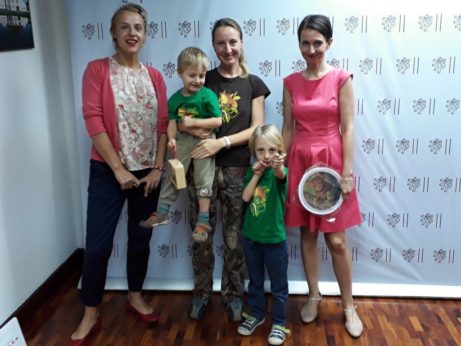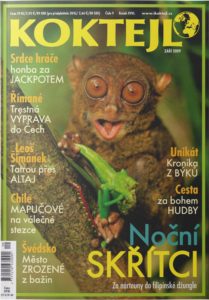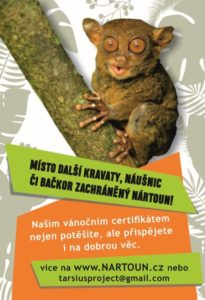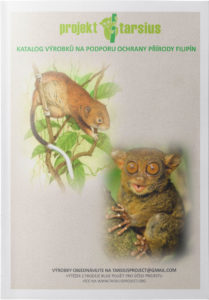Preliminary Observations of Infant Ontogeny in the Philippine Tarsier (Tarsius syrichta) and the First Description of Play Behaviour and Its Ontogeny in Tarsiers
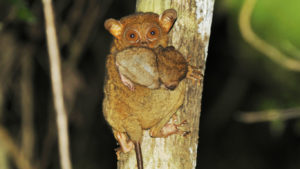
by Petr Slavík
Last week another paper about tarsier behaviour written by Milada Řeháková, the Tarsius Project leader, was published. It is a book chapter focusing on behaviour of the infants.
In this paper I present the first observations on the ontogeny of tarsier infants during their first and second month and of the mother-offspring bond from birth until separation. Tarsier mother-infant pairs were observed to be solitary. Maternal care involved a cache and carry strategy meaning that the tarsier baby is transported in the mother´s mouth and left alone when the mother goes for food. The infants spent around 66% parked alone while the mother was foraging. I observed the following behaviour: rest, grooming, suckling, play, being carried, jumping and climbing. During the time spent with the mother the infants spent 45% of time resting, 18% being groomed, 12% climbing, 7% jumping, 7% carried by the mother, 6% playing and 5% suckling. When parked the tarsier infants were mainly resting (93% of time), with jumping (5%), climbing (1%) and play (1%) occurring occasionally. Furthermore, I present the first description of play behaviour in tarsiers. Play was observed to include locomotor, social and object directed behaviour. The infants started to perform play behaviour at the age of two weeks. Locomotor play involved climbing up and down on a branch, and jumping for short distances back and forth, both when in proximity of the mother and while parked. Object play involved manipulating leaves or branches with hands or mouth. Social play could involve one-sided actions by the infant or in mutual play fighting. One-sided play occurred when the mother attempted to groom the infant and it responded by touching and mouthing her head, back or tail. In addition, in situations when the mother was not engaged with the infant but was moving about in which case the infant also touched and mouthed her tail and back while climbing on her. Mutual play fighting with the mother was observed later in the ontogeny.
Acoustic communication between mother and infant was very frequent containing four different signals. During the first days after birth, the mother transported the infants about, but within a week the infants started climbing branches on their own. For the first three weeks, the mothers carried infants orally. The mother usually held infant by the skin on the back but also on the side or even belly in one occasion (which was not comfortable so the mother then changed the position). The infant did not hold on to the mother baby when being carried, but on several occasions an infant was observed to wrap its tail around the mother’s upper back and neck, which may have provided some additional support as you can see on the pictures made by Petr Slavík.
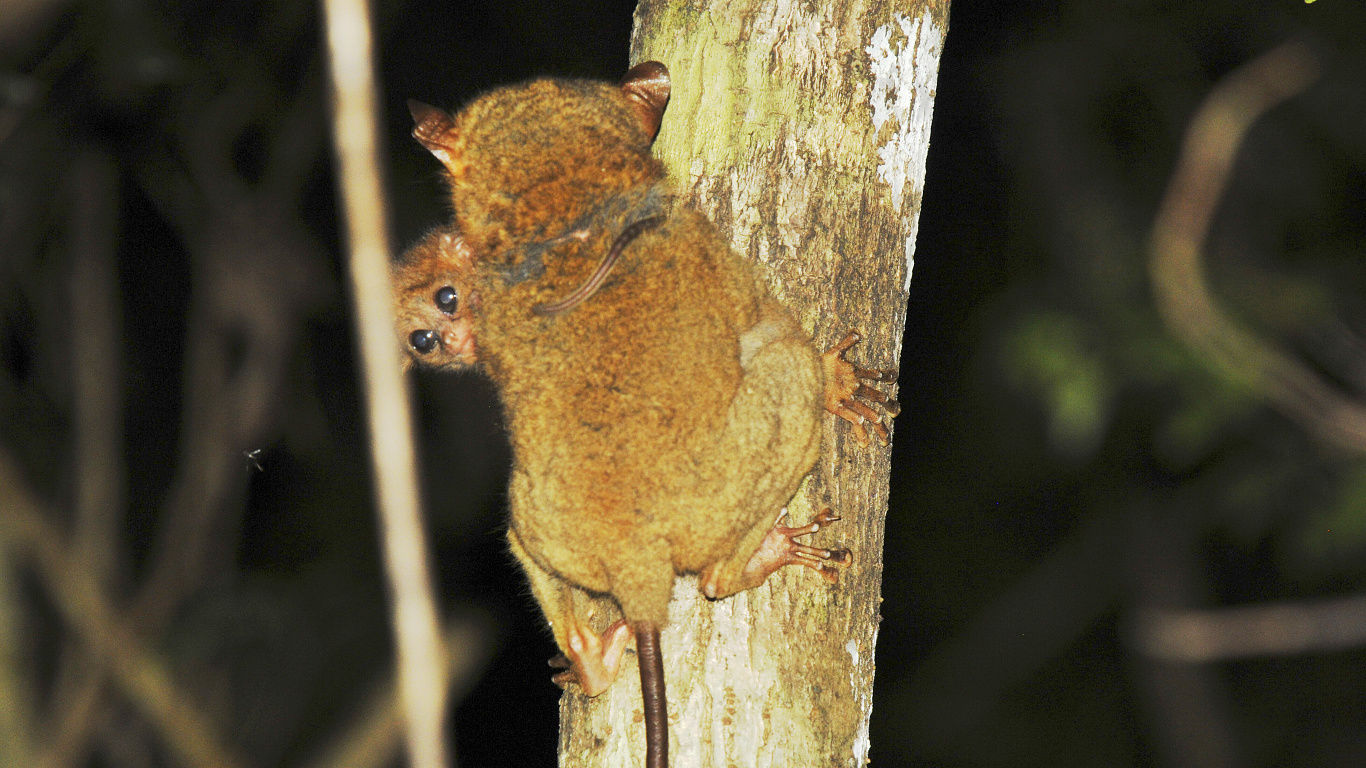
by Petr Slavík
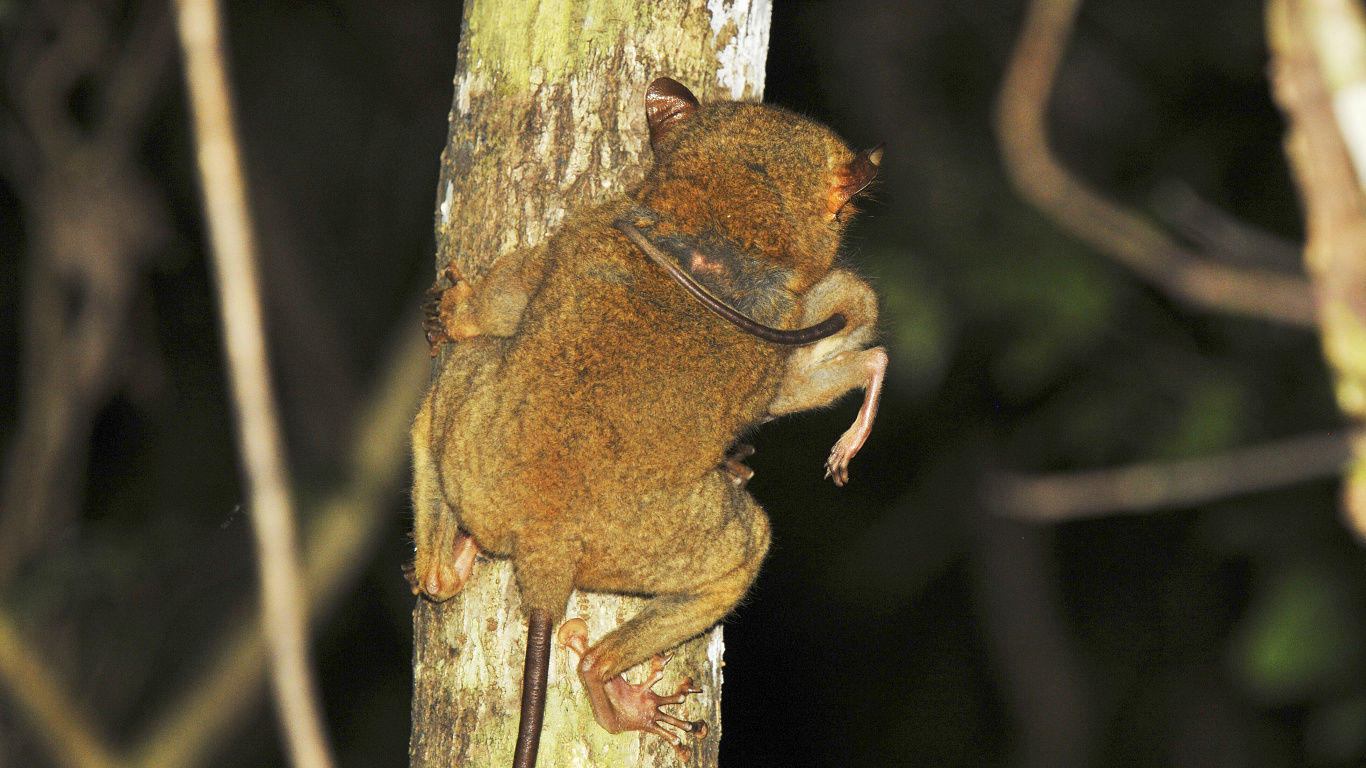
By Petr Slavík
Later on they started to follow the mother over shorter distances, although for longer distances, up to 50 days of age, the mothers continued to carry them. The inter-birth interval was around one year, but the infants from the previous birth continued to sleep with the mother for up to 10 months.
If you are interested to read the whole chapter, it is available here.

